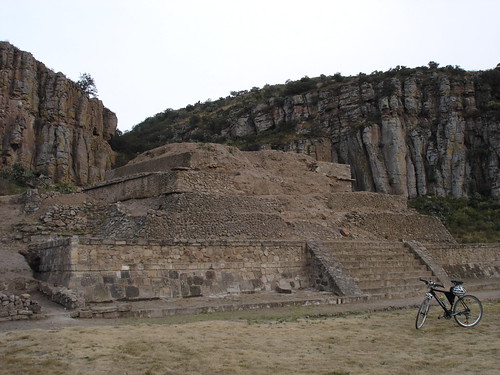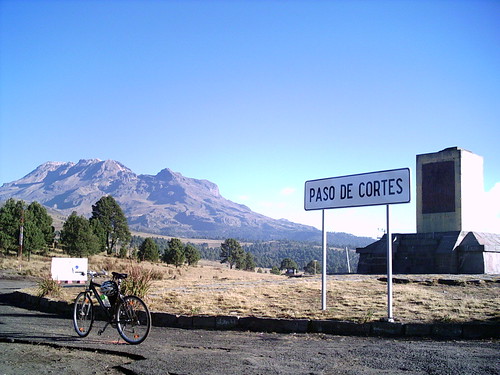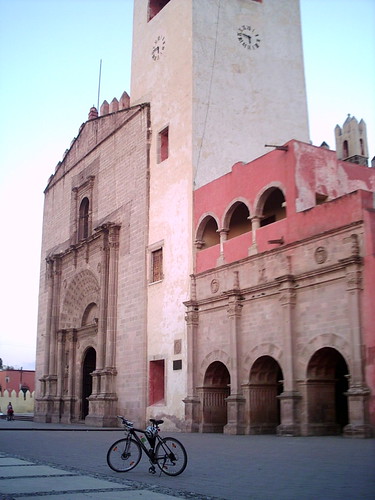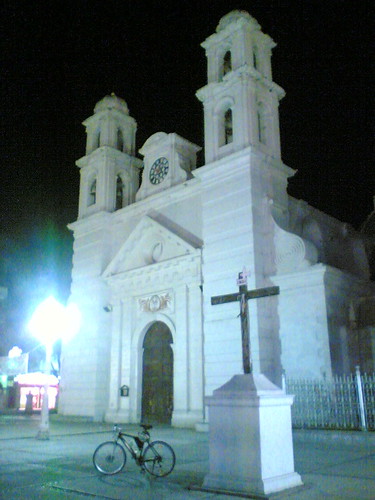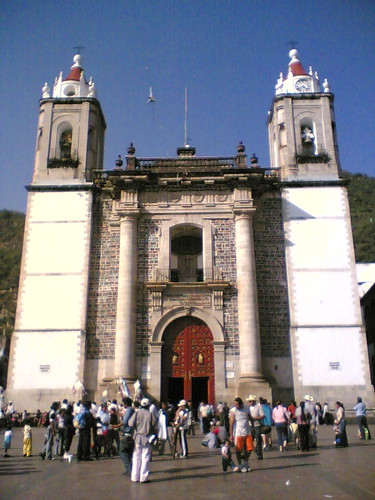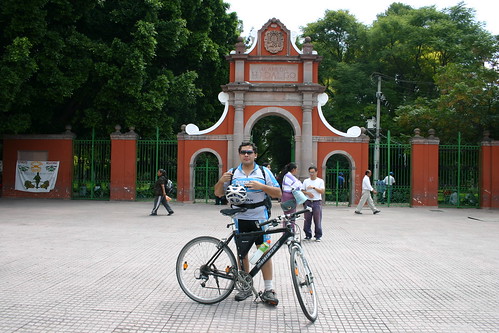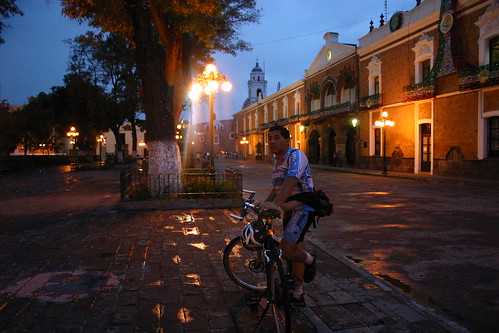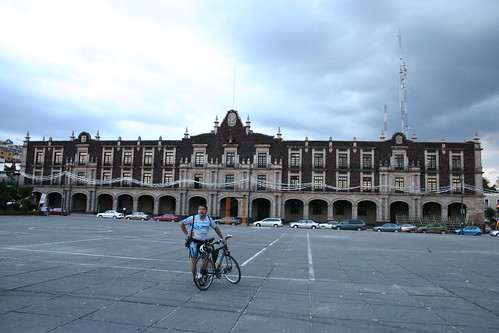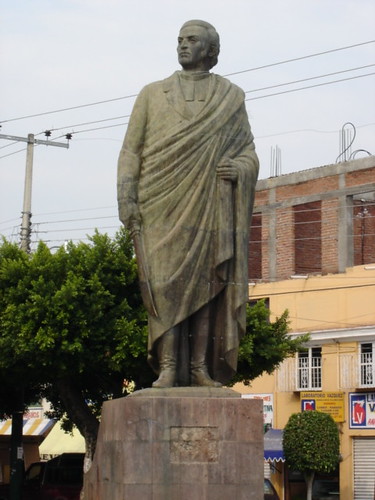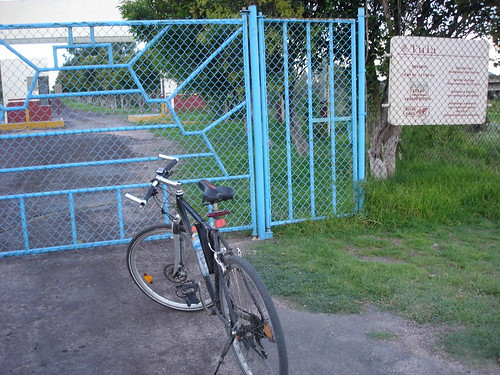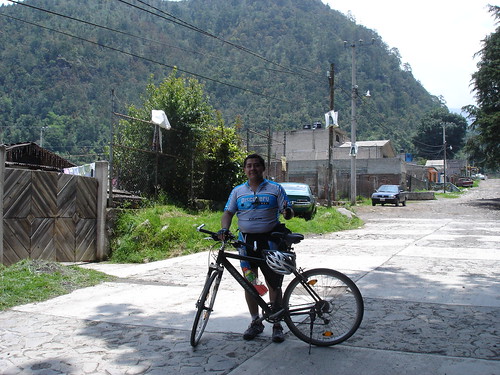Pulque Haciendas (Hidalgo), 27.12.05
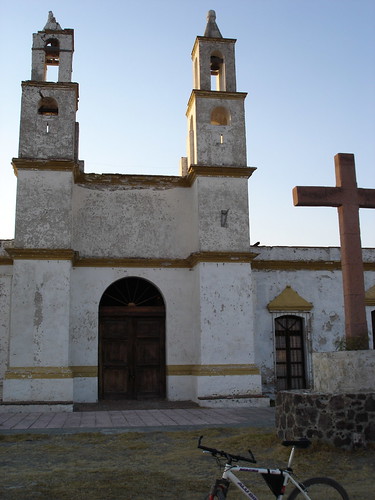
Photoset Show
GPS Cycling Data: Distance: 57.5 Km, Ascent: 717 m, Time: 8:00 hr, Avg Speed: 7 Km/hr, Max Speed: 40 Km/hr
Travel Report:
This was my first and so far, only MTB (mountain bike) cycling ride. In fact, the bicycle I used was my wife's MTB bike. The reason ? I am not particularly fond on MTB cycling :-)
I decided to attend an invitation for this ride made by Juan Valencia, from the Tigrillos MTB cycling club, in Tulancingo, in the mexican state of Hidalgo.
The start of the ride was in Singuilucan (Hidalgo). I had to drive my car to that position just to be able to begin the ride. Could you imagine this pathetic situation ? Requiring to drive my car to a remote location just to be able to start a cycling ride ? Well, I suppose this is a standard procedure in the MTB realm ...
As usual, I got up a little late that day (it was holidays), so I arrived late at the rendezvous point at Singuilucan. Nevermind, I told myself, I will catch with the group later, as I had already the route beforehand.
Armed with my wife's MTB bike, I cycled along the route posted by Juan Valencia, which included visits to the following Pulque Haciendas (Ranches): Tecanecapa, Mazatepec, and Tecajete. Your can have a look at the superb architectural designs of those ancient Ranchs in the following photoset.
But it wasn't until I reached the Tecajete Ranch, at the base of the Tecajete Hill, that I found the rest of the MTB cyclists along the route.
We rode later to Zempoala, where a meal was ordered and the official photos taken, in front of the humble church of Zempoala.
The visit continued spanning more Haciendas, at least three more of them, before the group could arrive at Tepeyahualco, to admire its imposing aqueduct.
I do firmly believe that the best way to describe this ride is by simply showing the pictures of those quiet, imposing and beautiful pulque manufacturing ranches. They certainly look as if the time had stopped at those old Haciendas. In this fashion, I would recommend having a look at the photoset.
As the cycling ride finished at Tepeyahualco, we needed to be trailed upwards in a truck to Singuilucan, where the cars had been parked.
The GPS recordings of this ride were impressive: 58 Km and 700 m of climbing ... in 8 hours ! A stunning average speed of ... 7 Km/hr ! Wow ! Well, I guess that is what MTB cycling is all about :-)
Thank you for reading. Till the next real journey.
